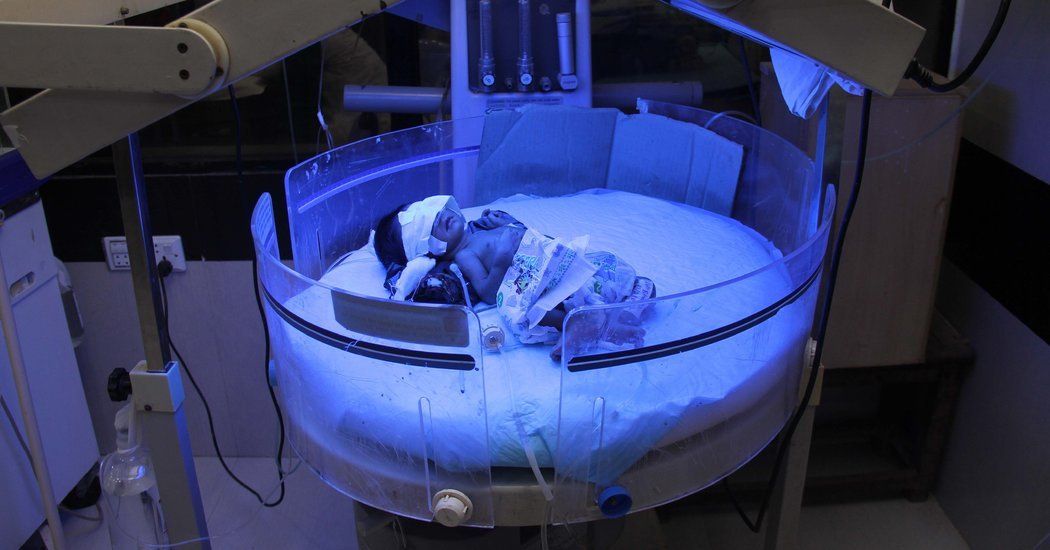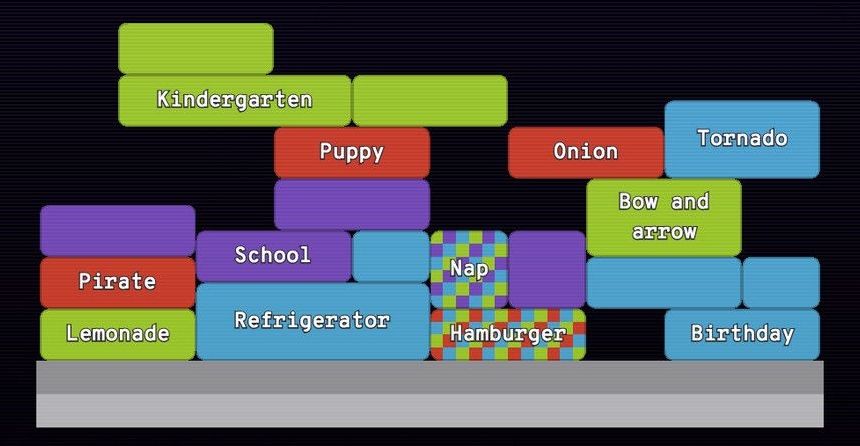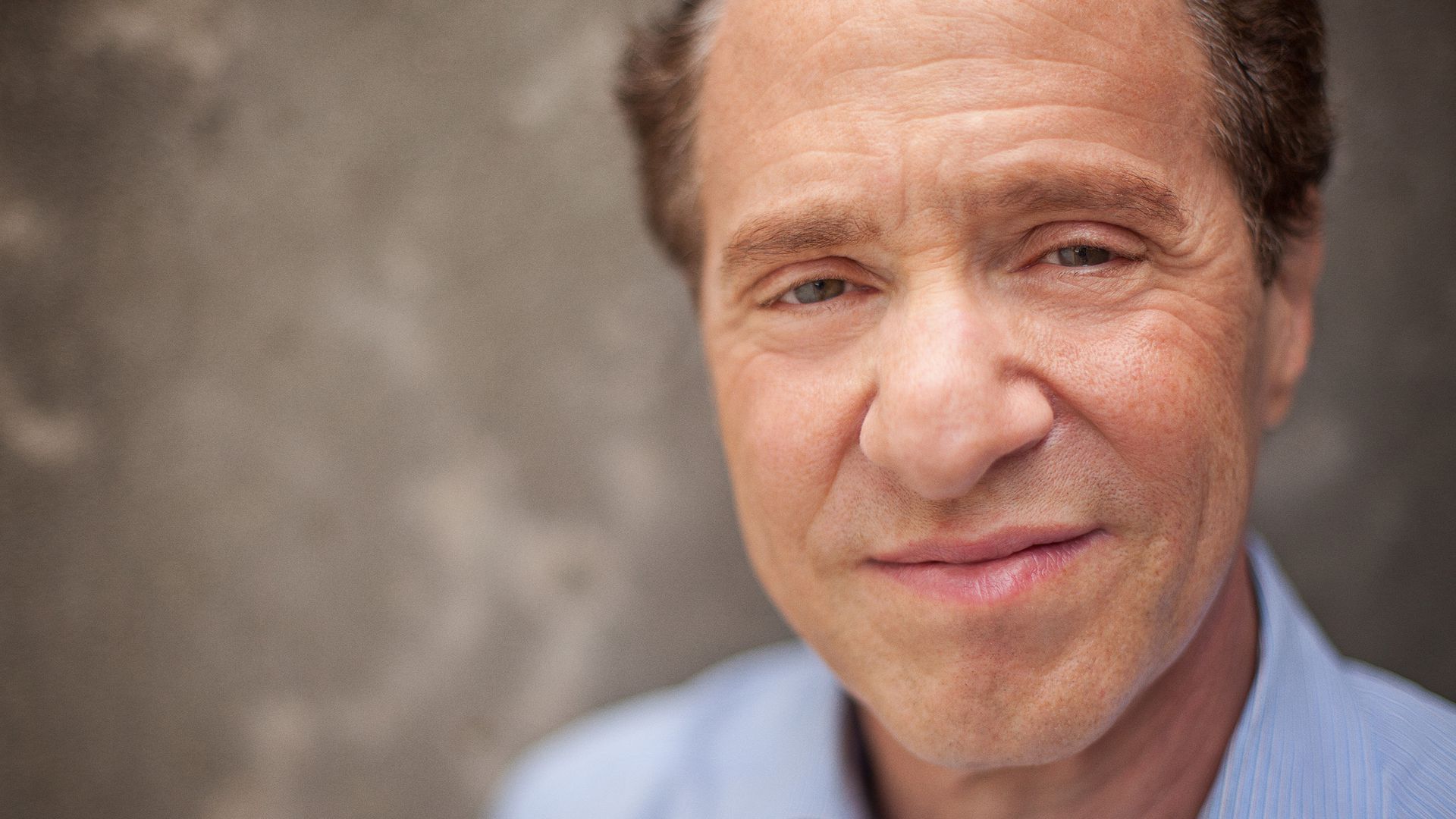The outbreak has hit 11 states and has led to nearly two dozen hospitalizations so far.





Google today announced a pair of new artificial intelligence experiments from its research division that let web users dabble in semantics and natural language processing. For Google, a company that’s primary product is a search engine that traffics mostly in text, these advances in AI are integral to its business and to its goals of making software that can understand and parse elements of human language.
The website will now house any interactive AI language tools, and Google is calling the collection Semantic Experiences. The primary sub-field of AI it’s showcasing is known as word vectors, a type of natural language understanding that maps “semantically similar phrases to nearby points based on equivalence, similarity or relatedness of ideas and language.” It’s a way to “enable algorithms to learn about the relationships between words, based on examples of actual language usage,” says Ray Kurzweil, notable futurist and director of engineering at Google Research, and product manager Rachel Bernstein in a blog post. Google has published its work on the topic in a paper here, and it’s also made a pre-trained module available on its TensorFlow platform for other researchers to experiment with.
The first of the two publicly available experiments released today is called Talk to Books, and it quite literally lets you converse with a machine learning-trained algorithm that surfaces answers to questions with relevant passages from human-written text. As described by Kurzweil and Bernstein, Talk to Books lets you “make a statement or ask a question, and the tool finds sentences in books that respond, with no dependence on keyword matching.” The duo add that, “In a sense you are talking to the books, getting responses which can help you determine if you’re interested in reading them or not.”

That, he said, will lead to new forms of expression, such as music, that will be as different from today’s communication as current human expression is from that of primates.
Asked how the U.S. and other countries would pay for a basic income, given existing large deficits, Kurzweil predicted that massive deflation would make goods much cheaper.
Separately: Kurzweil debuted a new Google project called “Talk to Books,” a new free tool that allows people to use their voice to ask a question and that will go find the best answers from hundreds of thousands of books. Unlike traditional search, it is based on semantics, not keywords.
Before I started working on real-world robots, I wrote about their fictional and historical ancestors. This isn’t so far removed from what I do now. In factories, labs, and of course science fiction, imaginary robots keep fueling our imagination about artificial humans and autonomous machines.
Real-world robots remain surprisingly dysfunctional, although they are steadily infiltrating urban areas across the globe. This fourth industrial revolution driven by robots is shaping urban spaces and urban life in response to opportunities and challenges in economic, social, political, and healthcare domains. Our cities are becoming too big for humans to manage.
Good city governance enables and maintains smooth flow of things, data, and people. These include public services, traffic, and delivery services. Long queues in hospitals and banks imply poor management. Traffic congestion demonstrates that roads and traffic systems are inadequate. Goods that we increasingly order online don’t arrive fast enough. And the WiFi often fails our 24/7 digital needs. In sum, urban life, characterized by environmental pollution, speedy life, traffic congestion, connectivity and increased consumption, needs robotic solutions—or so we are led to believe.

In the last year, the business and consumer markets alike have seen the release of advanced technologies that were once considered the stuff of science fiction. Smart gadgets that control every facet of your home, self-driving vehicles, facial and biometric identification systems and more have begun to emerge, giving us a glimpse of the high-tech reality we’re moving towards.
To find out which futuristic technologies are on the horizon, we asked a panel of YEC members the following question:


